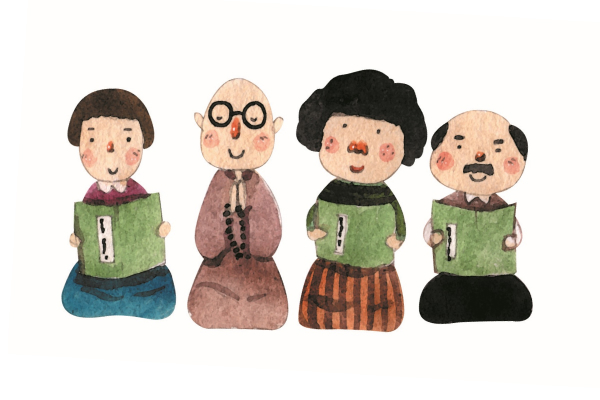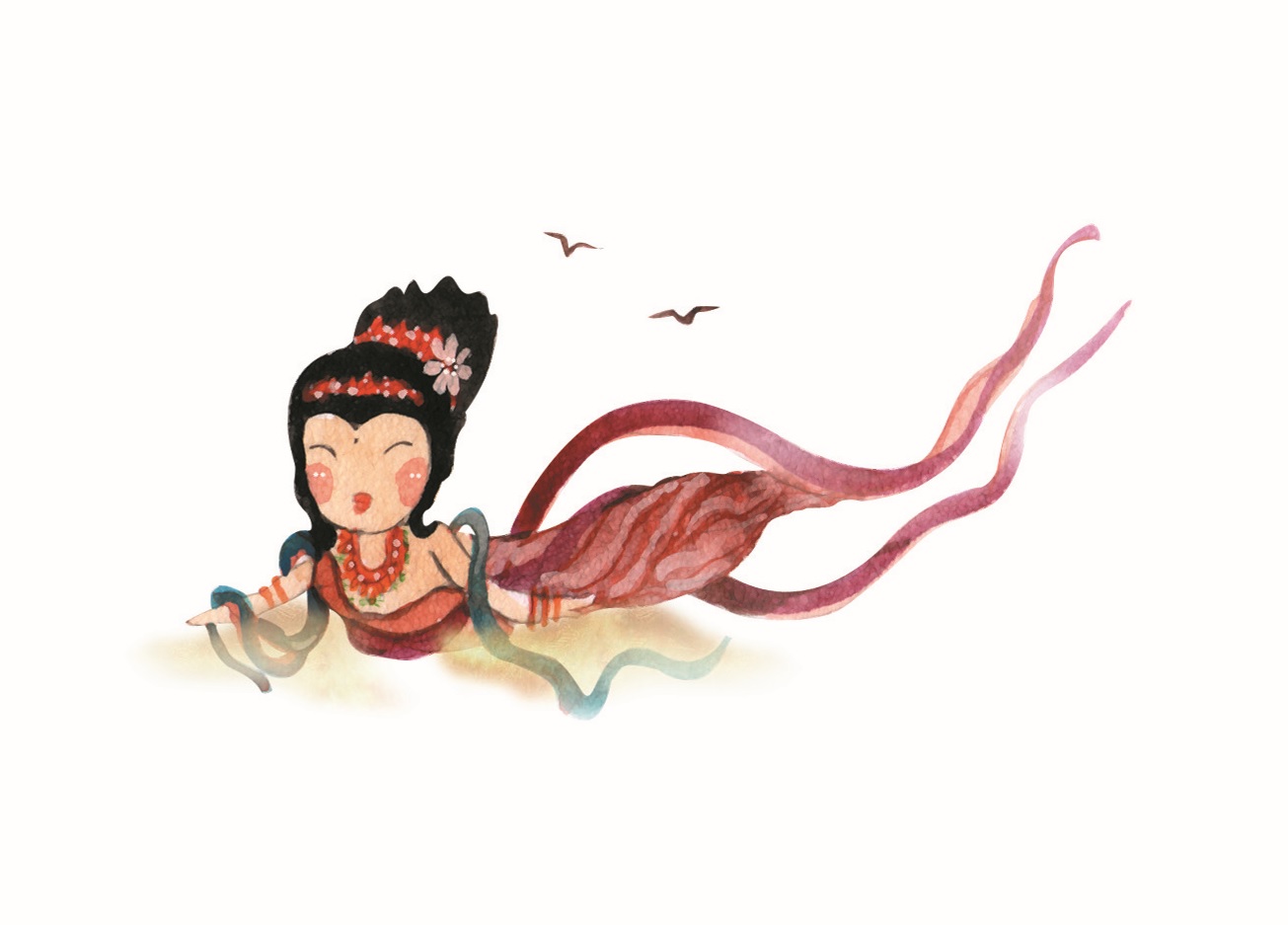Special Topics
Common Questions on Taking Refuge
Q1: Some people have taken refuge in the Three Jewels, but they do not engage in Buddhist learning and practice. Are they still considered Buddhists?A: Taking refuge in the Three Jewels marks the beginning of a person's journey in learning and practicing Buddhism. After taking refuge, people can adopt the "identity" of a Buddhist. However, refuge takers who do not practice Buddhism are not true Buddhists, because the learning and practice afterwards matters more. It is similar to how, after enrolling at a school, a student should actually attend the classes to learn. Without further learning, despite one's identity as a student, a person cannot be considered as a de facto student. Therefore, a person taking refuge in the Three Jewels without further practicing Buddhism merely planted good roots (kuśala-mūla, the inclination to accept the Dharma), which is a great pity.
Q2: Can I bring my pets along to take refuge in the Three Jewels?
 A: At a large-scale refuge ceremony, the sizable number of people will inevitably disturb pets. Meanwhile, the sound they make or the smell of their excrement can spoil the solemnity of the monastery. As a result, for the sake of both pets and human participants, it is better not to bring pets to a refuge ceremony at a monastery.
A: At a large-scale refuge ceremony, the sizable number of people will inevitably disturb pets. Meanwhile, the sound they make or the smell of their excrement can spoil the solemnity of the monastery. As a result, for the sake of both pets and human participants, it is better not to bring pets to a refuge ceremony at a monastery.However, this does not imply that pets cannot take refuge. In fact, all the sentient beings can take refuge in the Three Jewels except for those in the hell realm. The prestigious monk, Elder Venerable Xuyun (虛雲老和尚) of the late modern period, had transmitted refuge to a rooster, a tiger, and a wild fox. If an owner would like to have the pets take refuge as well, the owner who has already taken refuge can transmit the Three Refuges to them at home. This can help the pets to plant good roots for attaining Buddhahood, thereby enabling them to transcend from unfortunate destinies of existence in their next lives and, thus, to practice Buddhadharma.
Q3: Can I take refuge under the acknowledgement of a layperson?
A: The transmission of refuge should be conducted by the monastics. Only in the absence of monastics can a layperson transmit the Three Refuges on their behalf. This is an expedient alternative because we are not taking refuge in the lay practitioner, but in the Three Jewels. Thus, in an environment where the monastics are approachable, it is still essential to take refuge in the Three Jewels under the acknowledgement of a Venerable or Sangha.
Q4: Is it still a valid refuge if a person takes it without understanding its significance?
A: Only by taking refuge in the Three Jewels with utmost sincerity and earnestness can a person receive the pure essence of precepts. If a person takes refuge without understanding its meaning, or has illusory thoughts or dozes off in the middle of the process, the refuge is still valid but with weaker power. If such circumstances happen to you, you can deepen your understanding of the meaning of taking refuge in the Three Jewels through reading relevant books, as well as recite the refuge verses in front of the image of the Buddha by yourself. Alternatively, you can join the next refuge ceremony as a spectator, and recite the refuge verse with other participants to strengthen the vow.
Q5: Is one's karmic hindrance more likely to emerge after one takes refuge in the Three Jewels?
 A: As a common joke goes, "We are in good health until we have a medical checkup." We all know that it is not the medical checkup that makes people sick, but the existing sickness that does. It is the same case for the myth, "After taking refuge, one's karmic hindrance is more likely to emerge." Karmic causes that we created in the past will reveal themselves when ripe, which are not triggered by taking refuge in the Three Jewels.
A: As a common joke goes, "We are in good health until we have a medical checkup." We all know that it is not the medical checkup that makes people sick, but the existing sickness that does. It is the same case for the myth, "After taking refuge, one's karmic hindrance is more likely to emerge." Karmic causes that we created in the past will reveal themselves when ripe, which are not triggered by taking refuge in the Three Jewels.After taking refuge in the Three Jewels, we can further infuse ourselves with the Dharma. As we gain a better understanding of Buddhist concepts such as karmic causality, and causes and conditions, we are less likely to bemoan our fate when we are in difficulties. Instead, we are able to accept that what we experience now is the ripening of karmic causes that we have created in the past. Therefore, we would naturally have a sense of shame, repent our mistakes, and vow not to repeat them. This is the practice of applying Buddhadharma to transform our vexation into Bodhi.
Related articles:
Taking Refuge – The First Step to Firm Buddhist Practice
Overcoming the Eight Major Obstacles to Taking Refuge
Buddhist Stories on the Auspiciousness of Taking the Three Refuges
Taking Refuge: A Sincere Vow to Engage in Buddhist Practice
Common Questions on Taking Refuge
Refuge Taking Rituals of Different Buddhist Traditions
The Three Refuges Verse for Morning and Evening Services as a Reminder
Resource: Issue 373 of Humanity Magazine, Dharma Drum Publishing Corporation
Translation: Sinag-ling Li (李祥苓)
Editing: Keith Brown, Christina
